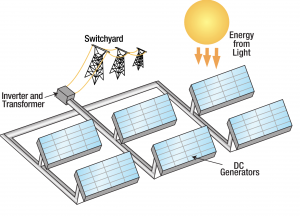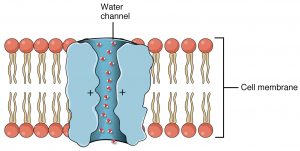
Water Bears. Courtesy of Wikimedia Commons.
Tardigrades, also known as water bears, are microscopic animals that have intrigued scientists for many years. What about them is so captivating? The fact that they are nearly indestructible.
Water bears have been treated to extreme environments, and against all odds, their survival has been astounding. They can survive temperatures ranging from -328 – 300 degrees Fahrenheit, pressures of up to 6000 times our atmosphere, and even…10 days in space!
The question though, is how do they do it?
Theories have gone as far as to suggest that the reason water bears can survive these extremes, is that they came from other planets. Personally, this idea seems impossible, but could it hold a glimmer of truth?
Scientists conducted further research and found a reason for their survival. The reason is anhydrobiosis. Anhydrobiosis is a dormant state where an organism reduces their metabolic activity significantly and becomes almost completely dehydrated. As it turns out, water bears in extreme environments tend to curl up into a dehydrated ball called a tun. In this form, water bears can survive for decades or longer.
If most living organisms were to enter this state of desiccation, they would not be able to come back from it, but water bears can. According to Thomas Boothby, a Life Sciences Research Foundation Postdoctoral Fellow at the University of North Carolina:
“[T]ardigrades have evolved unique genes that allow them to survive drying out. In addition, the proteins that these genes encode can be used to protect other biological material—like bacteria, yeast, and certain enzymes—from desiccation.”
Water bears seem like very interesting creature to study, and it makes sense for scientists to be captivated by their incredible survival rates in extreme conditions. More intensive research on these water bears could lead to amazing discoveries in the future.
~ Sajni Shah







